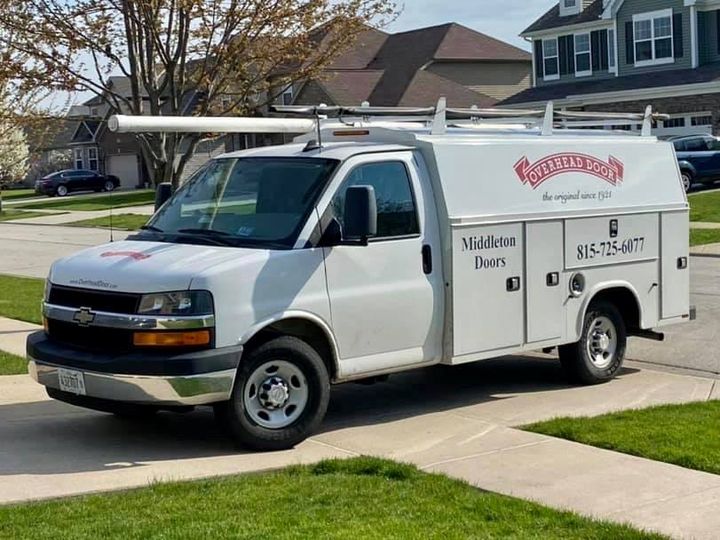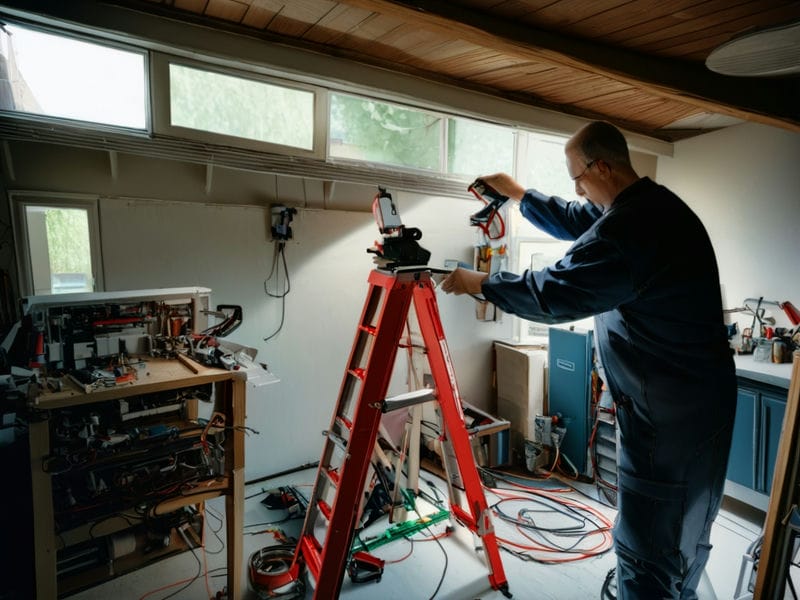
How to Ventilate Your Garage Effectively
Explanation of how poor insulation can lead to energy loss and increased utility bills
Proper ventilation in a garage is crucial for maintaining a safe and healthy environment. Without adequate ventilation, harmful fumes from vehicles, chemicals, and other sources can accumulate and pose serious risks to both your health and the integrity of the structure itself.
One of the main reasons why proper ventilation is important in a garage is to prevent the build-up of carbon monoxide. This colorless and odorless gas can be produced by running vehicles or using certain equipment in an enclosed space. If not properly ventilated, carbon monoxide can quickly reach dangerous levels, leading to symptoms such as dizziness, nausea, and even death.
In addition to carbon monoxide, other toxic fumes and gases can also be present in a garage environment. Proper ventilation helps to remove these contaminants from the air, reducing the risk of respiratory issues and other health problems.
Proper ventilation also plays a key role in preventing moisture build-up in the garage. Excess moisture can lead to mold growth, which not only affects air quality but can also cause damage to walls, ceilings, and stored items.
There are several ways to effectively ventilate your garage. Installing exhaust fans or vents near floor level can help remove fumes and gases that tend to accumulate near the ground.
How to Ventilate Your Garage Effectively - button
- rust
- sensor
- inventory
In conclusion, ensuring proper ventilation in your garage is essential for creating a safe and comfortable environment. We provide preventive maintenance for garage doors Benefits of Installing HVAC Systems in Your Garage hinge. Our team offers garage door insulation services repair garage door metal. By taking steps to effectively ventilate your garage, you can protect yourself from harmful pollutants while also preserving the condition of your belongings and property.

